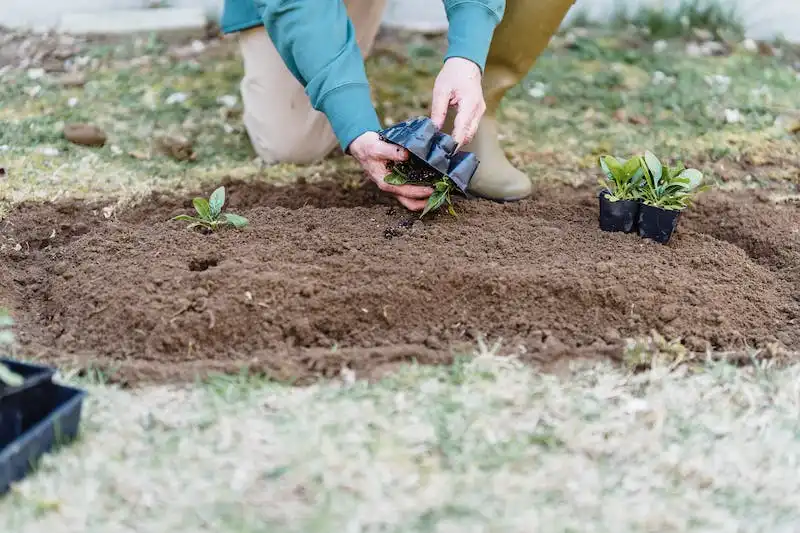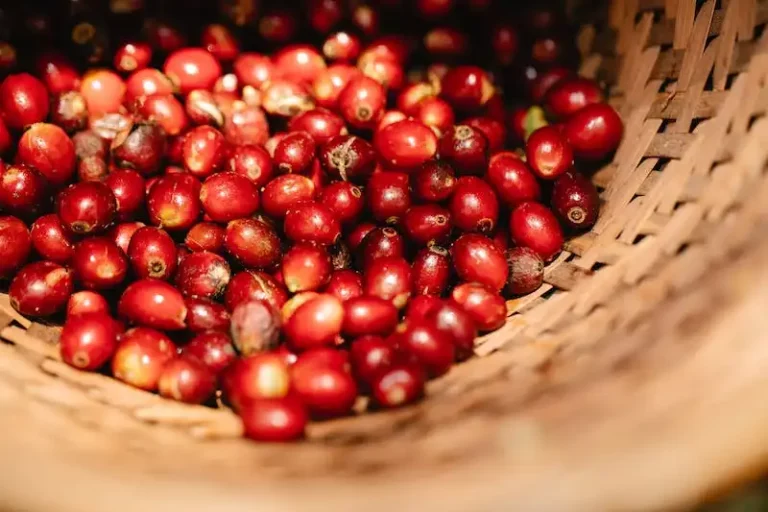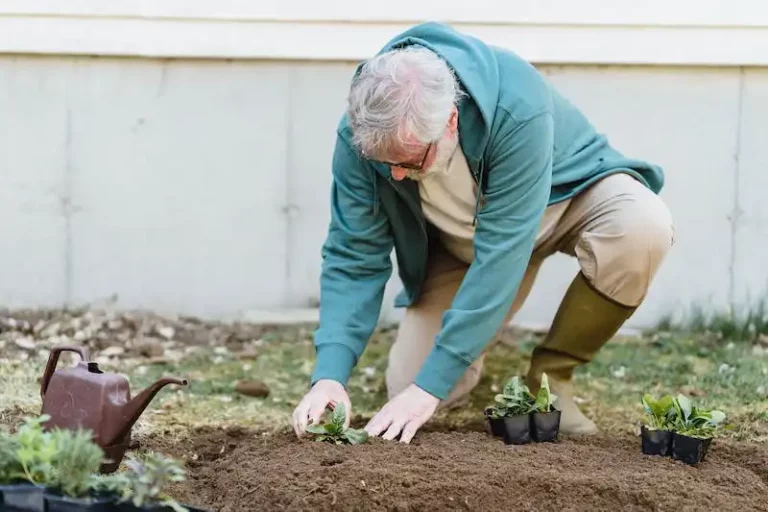Flat Leaf Parsley, also known as Italian Parsley, is a versatile herb that is widely used in Mediterranean cuisine. It is known for its distinctive and robust flavor, making it a popular choice for adding depth to dishes. Flat Leaf Parsley is easy to grow and can be enjoyed fresh or dried.
So, how do you grow Flat Leaf Parsley from seeds? The first thing to know is that it is a biennial herb, meaning it completes its life cycle in two years. It is best to sow the seeds in spring after the last frost. Flat Leaf Parsley prefers cooler temperatures and can withstand light frost. The seeds should be sown 8-12 inches apart and at a depth of about a quarter-inch. While it is possible to start the seeds indoors and transplant them later, Parsley has a long taproot and does not transplant well, so it is often best to sow the seeds directly in the garden.
It takes about two to three weeks for the seeds to germinate. During this time, it is important to keep the soil moist. Once the seedlings start to grow, thin them to about 8-12 inches apart to allow for proper growth. Flat Leaf Parsley grows slowly in the beginning, but once established, it can become quite large.
One of the main advantages of growing Flat Leaf Parsley is its versatility in the kitchen. The flat, dark green leaves have a more intense flavor compared to the curly variety, making them a favorite among chefs and home cooks alike. The leaves can be harvested at any time, but it is generally recommended to wait until the plant is at least six inches tall before cutting. When harvesting, simply cut the outer leaves, while leaving the inner ones to continue growing.
Flat Leaf Parsley is a perennial herb, meaning it can continue to grow for several years with proper care. It is a hardy plant that can withstand cold temperatures, but it is important to protect it from harsh winter conditions. In colder regions, it is recommended to mulch the plants to provide some insulation.
In conclusion, Flat Leaf Parsley seeds are a great addition to any kitchen garden. Whether you are an experienced gardener or new to growing herbs, the Italian Parsley variety offers a delicious and aromatic herb that can enhance a wide range of dishes. So why not give it a try and enjoy the fresh flavors of Flat Leaf Parsley in your own cooking?
Parsley
Parsley is a popular herb that is grown for its culinary and medicinal uses. It is a versatile plant that can be used in a variety of dishes, such as soups, salads, and sauces. It is also commonly used as a garnish due to its attractive appearance.
There are two main types of parsley: flat leaf and curled leaf. Flat leaf parsley, also known as Italian parsley, is the most commonly grown variety. It has a stronger flavor and is often preferred by chefs for its culinary uses. Curled leaf parsley, on the other hand, has a milder flavor and is often used as a garnish.
Parsley is an annual plant that can be grown in a kitchen garden or in a larger garden. It is a hardy plant that can withstand light frost and can be grown year-round in some regions. However, it prefers cooler temperatures and will bolt and go to seed in hot weather.
When planting parsley, it is important to sow the seeds shallowly, about 1/4 inch to 1/2 inch deep, and keep the soil consistently moist. The seeds can take anywhere from 2 to 5 weeks to germinate, so it is important to be patient. Once the seedlings have sprouted, thin them out to about 8-12 inches apart to allow them room to grow.
Parsley’s slow-growing nature makes it a good candidate for starting indoors. It can be grown from seed or purchased as starter plants from a nursery. If starting from seed, it is recommended to soak the seeds in warm water overnight before sowing to improve germination.
To store parsley, it can be dried or frozen. Drying parsley is as simple as hanging the stems upside down in a cool, dry location until they are fully dry. The dried leaves can then be crushed or crumbled and stored in an airtight container for future use. Freezing parsley involves blanching the leaves briefly in boiling water, then patting them dry and freezing them in airtight bags or containers.
Whether you are a seasoned gardener or just starting out, parsley is a great addition to any herb garden. Its versatility, and the fact that it can be grown year-round in some regions, makes it a favorite among gardeners. So why not give it a try and start growing your own parsley today?
How To Grow Parsley
Parsley is a popular herb in the kitchen, known for its fresh and vibrant flavor. It comes in a variety of different types including curly and flat leaf parsleys. If you love using parsley in your dishes, why not try growing it in your own garden? Here are some tips on how to grow parsley.
1. Planting Parsley Seeds: Parsley is an annual herb, so it needs to be planted every year. Start by sowing the seeds in the garden or in seed trays. It’s best to start the seeds indoors in early spring and then transplant the seedlings to the garden once the risk of frost has passed.
2. Growing Parsley from Seed: Parsley seeds have a slow germination process, so it’s important to be patient. To help speed up germination, you can soak the seeds in warm water overnight before planting them. This softens the seed coat and helps the seeds sprout faster.
3. Soil and Sun: Parsley grows best in well-drained soil that is rich in organic matter. It prefers full sun, but can tolerate partial shade as well. Make sure to keep the soil moist but not waterlogged.
4. Mulch and Water: To retain moisture and prevent weeds, you can add a layer of mulch around the parsley plants. Water the plants regularly, especially during dry spells, but be careful not to overwater as this can lead to root rot.
5. Harvesting Parsley: You can start cutting the parsley leaves once the plant has reached a good size. Harvest from the outside of the plant, cutting the stems near the base. This encourages new growth and prolongs the harvest.
6. Italian Parsley: Italian parsley, also known as flat leaf parsley, is a popular variety among gardeners. It has a stronger flavor compared to curly parsley and is commonly used in Italian dishes.
7. Perennial Parsley: While parsley is typically grown as an annual, there is a perennial version called “gigante” that grows from year to year. It is a larger, more robust plant that can be left in the garden over winter.
Growing parsley is a rewarding experience for any gardener. Whether you choose the curly or flat leaf varieties, parsley will add a fresh and flavorful touch to your favorite dishes. So why not start planting parsley in your garden today?
Categories
Flat Leaf Parsley Seeds are classified into different categories based on their characteristics, usage, and flavor. Here are some of the categories of Parsley seeds:
Plain Leaf Parsley
Plain Leaf Parsley, also known as Italian Parsley, is a popular variety that is commonly used in Mediterranean cuisine. It has a flat, dark green leaf that is rich in flavor. This type of parsley is a biennial plant and can be grown from seed.
Curled Leaf Parsley
Curled Leaf Parsley is another version of Parsley that has attractive curly leaves. It is often used as a garnish and adds a decorative touch to dishes. This variety is also a biennial plant and can be grown from seed.
Triple Curled Parsley
Triple Curled Parsley is a selection of Curled Leaf Parsley that has even more pronounced curly leaves. It is a favorite among gardeners who love the visual appeal it adds to the garden. This variety is also a biennial plant and can be grown from seed.
Flat Leaf Parsley
Flat Leaf Parsley, also known as Italian Parsley, is a perennial plant that grows well in a variety of conditions. It has a smooth, flat leaf and a strong flavor. This variety is often used in cooking and adds a distinct taste to dishes. It can be grown from seed and is a popular choice among kitchen gardeners.
Heirloom Parsley Seeds
Heirloom Parsley Seeds are seeds that have been carefully preserved and passed down through generations. These seeds produce plants that have the same characteristics as the original plant. Heirloom Parsleys are known for their unique flavor and are often sought after by gardeners who appreciate the history and tradition behind these seeds.
Perennial Parsley Seeds
Perennial Parsley Seeds are seeds that produce plants that live for more than two years. Unlike biennial plants that die after producing seeds, perennial Parsleys will continue to grow and produce leaves year after year. These Parsleys are a great investment for gardeners who want a constant supply of fresh Parsley.
Non-GMO Parsley Seeds
Non-GMO Parsley Seeds are seeds that have not been genetically modified. These seeds are specially selected to ensure that they are free from any genetically modified organisms. They have the same great taste and flavor as other parsley seeds but are preferred by gardeners who want to grow their herbs naturally.
These are some of the categories of Flat Leaf Parsley Seeds available in the market. Each category offers a unique flavor and can be used in a variety of dishes. Whether you prefer the plain leaf, curly leaf, or the flat leaf version, Parsley seeds are a must-have for any herb garden.
Flat Leaf Parsley Seeds
If you love cooking and want to add a fresh and flavorful touch to your dishes, then flat leaf parsley is a must-have in your herb garden. Flat leaf parsley seeds are a great way to start growing this delicious and versatile herb. Here’s some info on how to grow flat leaf parsley from seed.
Flat leaf parsley, also known as Italian parsley, grows best in full sun or partial shade. It prefers well-drained soil and can tolerate a wide range of soil types. It is a hardy plant that can withstand frost, so it is ideal to plant it in the spring, after the last frost of the year.
When planting flat leaf parsley seeds, it’s important to sow them at a depth of about 1/4 inch. You can start the seeds indoors, about 8-12 weeks before the last frost date, or sow them directly in the garden when the soil is workable. The seeds usually germinate within 14-21 days.
Parsley seeds are small, so it’s best to sow them thinly to avoid overcrowding. If you’re growing in rows, space them about 6-8 inches apart. You can also grow parsley in containers or pots.
Flat leaf parsley is a slow-growing herb, but it’s worth the wait. Its large, dark green leaves have a stronger flavor compared to the curly leaf variety. They are perfect for adding depth to soups, stews, and sauces. Parsley’s leaves can be harvested when they are at least 8-12 inches long. You can cut the leaves from the outer part of the plant, leaving the central leaves to continue growing.
When the parsley flowers, it is a sign that the plant is reaching the end of its life cycle. The flowers attract beneficial insects and pollinators, so you may want to leave them in the garden for a while before harvesting the seeds.
Flat leaf parsley is an heirloom variety that is non-GMO and of premium quality. You can find flat leaf parsley seeds in various stores, both online and offline. They are usually sold in bulk or as single seed packets. Look for a reputable seed supplier or a local nursery that specializes in herbs.
Overall, growing flat leaf parsley from seed is a rewarding experience for gardeners. It is a versatile herb that adds a fresh and vibrant flavor to a variety of dishes. Whether you’re starting a new herb garden or adding to your existing one, consider growing flat leaf parsley for its delicious taste and culinary uses.




